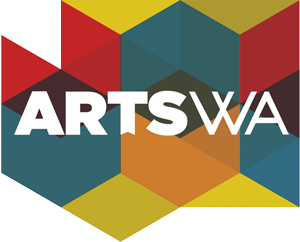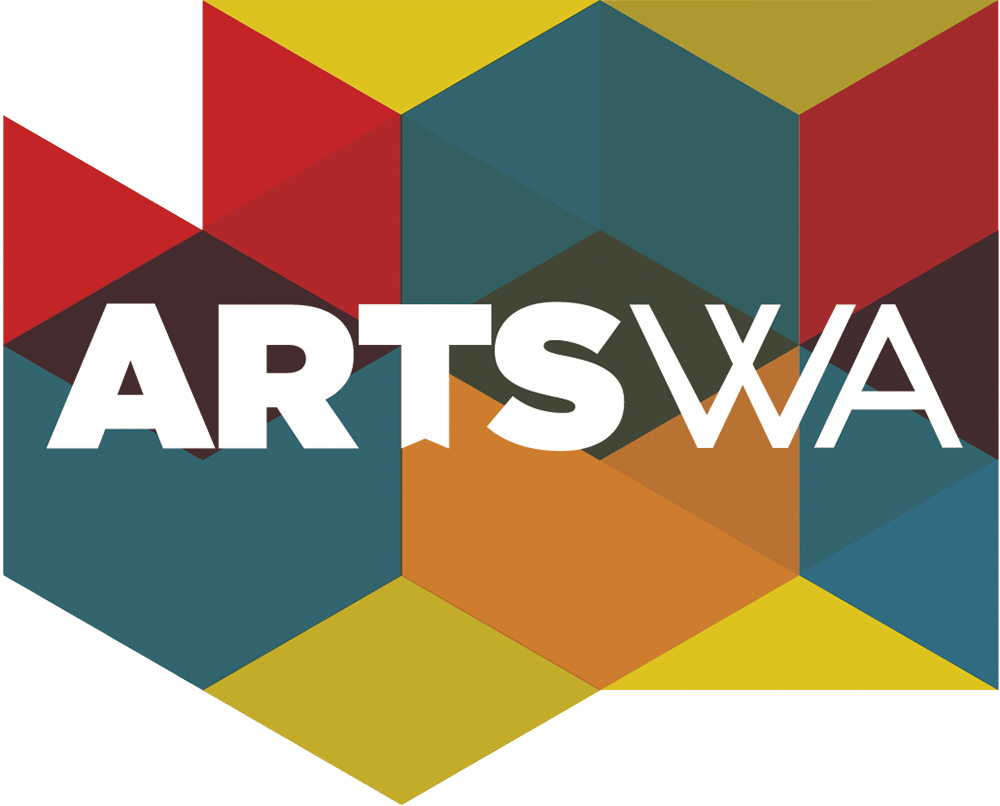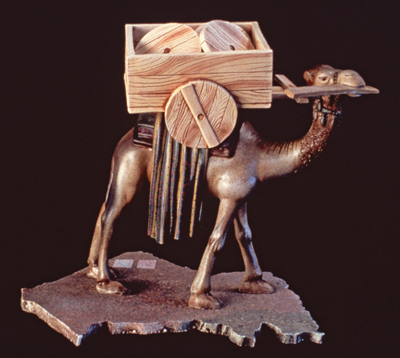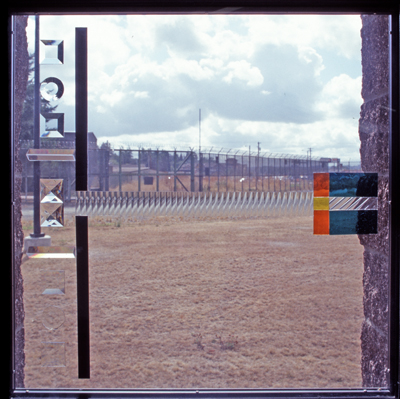Re-inventing the Camel, 1983
Ronna Neuenschwander
(American, born 1954)
Location: Washington State Arts Commission, Olympia
ABOUT THE ARTWORK
Re-inventing the Camel is a ceramic sculpture created by artist Ronna Neuenschwander. It was created by combining a slip-cast form made with a mould, with hand-built elements.
The artwork playfully references a report from the 1850s in Tunisia, Africa: that a two-wheeled cart was carried on the backs of camels for 700 miles, only to be placed on display as a curiosity and not used. Neuenschwander also notes her interest in a question by historian Richard Bulliet: "The most important question in camel history...why did the camel replace the wheeled vehicle as a means of transportation throughout virtually its entire range from Morocco to Afghanistan…from approximately 500 A.D. to the 20th century?"
This artwork was acquired for the State Art Collection in partnership with Department of Social and Health Services.
ABOUT THE ARTIST
Portland, Oregon-based artist Ronna Neuenschwander creates figurative ceramic sculptures. Her works are influenced by the artistic motifs and traditions she has encountered during her travels. She notes, "I don't consider myself a history buff, but I am an avid collector of the overlooked and obscure in history. This tendency, along with a delight for the humorous and absurd, has influenced my approach to ceramic sculpture for years." Neuenschwander received a Bachelor of Fine Arts degree at the University of Kansas in 1976.
ARTWORK DETAILS
| Medium | Ceramic |
| Dimensions | 11 in x 12 in x 11 in |
| ID Number | WSAC1983.109.000 |
| Acquisition Method | Direct purchase |
| Artist Location | Oregon, United States |
Location Information
| Agency | Washington State Arts Commission |
| Artwork Location | Washington State Arts Commission Not on display. At ArtsWA pending re-siting. |
| WA County | Thurston |
| Placement | Interior |
| Site Type | State Agency |
| Address | 711 Capitol Way S., Suite 600 Olympia, WA 98504 |
| Geo. Coordinates | 47.041975, -122.901474 |
| Before Visiting | Some artworks may be located in areas not accessible to the general public (especially in K-12 public schools). Consider contacting the site prior to a visit to ensure access. |
| Map |
Related






